Dell’s Innovative Approach with AI PCs
Jeff Clarke, COO at Dell Technologies, joins Patrick Moorhead to share his insights on the transformative impact of AI on personal computing.
Despite recent concerns about the overall AI PC market, Dell Technologies is proving that the future of this tech is more than just hype. Host Patrick Moorhead is with Jeff Clarke, Vice Chairman and Chief Operating Officer of Dell Technologies on this episode of Six Five On The Road. They discuss how Dell is bolstering its AI PC endeavors through strategic partnerships, and what future AI advancements might look like.
Tune in for details on:
- AI PCs progressing from a “what if” to a reality. They discuss whether the AI PC era has commenced and if the market is primed for these advances
- A look at Dell’s partnerships across the technological spectrum, emphasizing collaboration in silicon innovation and AI PC market penetration
- Dell’s strategic advantage in the burgeoning AI PC market. How their strong R&D, vast supply chain, and deep customer relationships may give them an edge
- Future predictions for AI technology and its implications for consumers and businesses alike
Get the latest announcements from CES 2025 and learn more at Dell Technologies. Watch the video above, and be sure to subscribe to our YouTube channel, so you never miss an episode.
Patrick Moorhead:
The Six Five is back, and we are talking about one of my favorite topics with one of my favorite people. We’re talking about AI PCs with Jeff Clarke. Jeff, it is great to see you, always enjoyable. And it’s just one of our conversations just with a camera here.
Jeff Clarke:
I’m an engineer, I don’t like cameras. Good to see you, thanks for having me. And I do like AI PCs like you.
Patrick Moorhead:
No, totally. And what I’d love to do is start off with, I don’t know, environmental analysis. We’ll call this the AI backdrop. What are you hearing for your customers regarding AI PCs? Maybe you can talk a little bit about the consumer side, but also on the enterprise side.
Jeff Clarke:
Well, I think probably the more interesting thing from my seat is, it is not well-known what an AI PC is capable of doing. And the discussions I have with customers are in the what if. Why if your PC could do natural language search? What if your AI PC could take video and look for some particular snippet? What if an AI PC or your PC could write your text, write your email, respond for you? And you begin to engage in a conversation whether the consumer, small business, large business, of the what if. And then you eventually go, “Well, that’s tomorrow. The AI PC is here.” And they get better next year. They get better the year after, they get better the year after. And we’re now on a path where we have a dedicated processing unit, the NPU plant engineer with you, this pursuit of accelerated performance. And we now have an engine that is dedicated to do these tasks offloading the host, very much like we’ve done in servers for the past decade.
Patrick Moorhead:
Right. And AI is not new on the PC. We’ve been doing different elements of it. A lot of the times we’ve done it on the GPU, now we’re moving it to the NPU. There’s various sizes of NPUs as well. And I’m curious, can you say do a flag plant and say, has the AI PC finally arrived?
Jeff Clarke:
Well, to your point, I know Dell has been doing AI in our PCs for the better part of two decades. I go look at some of our battery optimization. You go look at how do you really maximize performance with a particular energy density in the algorithms that we built in, which is really forms of artificial intelligence and machine learning. You extrapolate that going forward, and you really like the notion of what was done in 24 really beginning to put a floor, if you will, of NPU performance. When I think of ladder 24 now 25, oh my gosh, we now have the capability to do the very many things I just talked about. And you think about what’s capable in the new modern microprocessors. And it doesn’t matter if it’s Intel, AMD, Qualcomm, and others that might come, they all have met a performance threshold that we now can do wonderful things. Or tracking, I know you are with your research. My gosh, 150 ISVs put in 300 specific types of applications and techniques and features that are dependent on an MPU? This thing’s coming.
Patrick Moorhead:
Yeah, it’s pretty cool too. And sometimes this gets overlooked that what used to be done on a 250 watt graphics card a couple of years back can now be done on a very optimized battery powered experience with low latency. And I think that’s a game changer, because it really brings the opportunity to everybody. But Jeff, our consumers and business ready for it? Are they ready for the AI PC?
Jeff Clarke:
Well, I would assert yes. And I’ll give you my following basic case. If you’re going to buy a new PC, why wouldn’t you buy an AI PC? The install base is one and a half billion units. Half of those are four years or greater. If you look at what we shipped in the first Covid year, 2020, 300-ish million PCs. They’re four years old, they’re ready to be refreshed. 2025 presents the case of 340 million PCs that are four years old in 2025. If you’re going to upgrade, why wouldn’t you buy one? Because it’s an investment protection. And if you’re going to buy a new one and you’re going to have it for four years or greater, you’re going to want AI or you’re going to be buying a new PC shortly thereafter. So, I think they’re ready because of that very reason.
Patrick Moorhead:
Yeah, that’s a great point, Jeff. And then you factor in the Windows 10 to Windows 11 transition from enterprises, and enterprises like to have a very consistent rollout of platforms. It almost becomes a no-brainer. I need to watch myself. Every time I say a no-brainer, then something comes up there. The other thing that I think gets forgotten is, not only are these AI PCs great for AI, they’re great for everything else. Battery life is better, the non-AI performance is so much better. And when you package that all up, it’s a very compelling value proposition, I think.
Jeff Clarke:
And I’m in my 38th year here at Dell, and I think about what we used to build and what we build today, and how much more efficient they are, what they’re capable of doing. We’re taking the world’s greatest productivity device. We’re making it efficient, more efficient than what it used to do, and we’re giving a new capability called an NPU that’s going to run new workloads. I think about our developers here at Dell, I can now take with smaller models in the quantization that’s occurred, and I can now do AI code assistance out on my PC. I’m not backhauling into a data center. I think about what we can do with smaller data sets across smaller models and getting, if you will, the PC close to the data where inference will be done, it is the device. So in my way of describing it, the PC is set up for this moment to really have people experience AI through the PC. More people will experience AI on the PC than they will through a data center.
Patrick Moorhead:
And Jeff, I haven’t been doing it through 38 years, but I’m going on year number 35. And I joke with you all the time that I used to have a real job managing PC product lines, and managing PC processor product lines. And I can pretty much say this, as an analyst, we need to be very careful with the wording we use, but I do think this is the single biggest opportunity I have seen since the dawn of the internet. And yeah, there’s going to be bumps. No kidding. We saw those when the first internet PCs came. And there were discussions about costs. Oh my gosh, we had to have an RJ-11 plug on this thing, and that costs at least a 30 to $40 bomb cost. And then my gosh, wireless. How are we going to afford all of this? And then once people started using it, it literally became a no-brainer, but it set up the situation, which I think we will have, is there will be AI-enabled PCs and then they’re going to be everything else.
And we’ve had growing pains on when software was supposed to come out. One of the biggest things that on the commercial side that really gets me going is, some of the ISVs and even the GSIs who are putting small models, and you have financial institutions who want to run models on this to do credit scoring, not in their own cloud or in their data center, but actually running their own models. So, just seeing all this activity going on in this investment gives me a lot more confidence on where this is going. But I do have to hit you on this, surprise, Dell is not the only company doing AI PCs. There’s two, maybe three, plus more out there. What makes Dell unique with its AI PCs?
Jeff Clarke:
Well, I think when you step back and look at our track record of innovation, our track record of market leadership, our track record of talking to more customers directly than anybody else, and then translating that into specific features that our customers value, what’s not to like, that’s what we do, that’s what we think is different. What’s different for us is we have a second to none go-to market reach. You look at our marketing, you look at our Salesforce, our direct coverage of accounts, that knowledge goes back into our R&D organization. We have the largest supply chain of everyone that you would want to mention in the marketplace. So we have scale, we service our products directly, the telemetry data that our systems are calling home or feeding back to our corporation, and we’re synthesizing that with actually AI tools to build better services into better experiences for our customers. And I’ll put our R&D up against anybody’s. We’re good. And that’s what makes our company different. Those are the four distinct differentiations. It started in the PC business, and it continues to be here.
Patrick Moorhead:
I like those, and we’ve discussed those, and we’ve pulled these apart. And what’s really interesting about this, Jeff, is since the creation of Dell, you’ve stuck to these, many of these. And when a lot of other companies are moving around and maybe changing it, the other part is how you’ve augured in on the enterprise market where you’ve got the highest market share. And it’s not that you don’t love the consumer market, it’s just that you’re very focused on the enterprise.
Jeff Clarke:
Well, and I think part of that, if you take what you described and extend that, one of our other differentiating capabilities, to your point is, these have been four consistent attributes of our company. We’ve invested in double down. Then you take AI from the PC all the way to the data center into the large format training that’s happening today in the large language models, none of my PC competitors are doing that. We’re taking the knowledge and understanding we have to build these incredible computational engines, how to cool them, how to power them. We distilled that down to how we build PCs in a very efficient way. We think about by the end of the decade roughly 90% of I believe AI will be inference. Inference out of the edge, inference in the data center closest to the data. Well, that’s what we do. And our ability to describe not only a consumer solution, but a small business, medium business, large, at the edge, all the way to the data center, I think is another distinguishing characteristic and attribute that we have in the AI era.
Patrick Moorhead:
Yeah. So Jeff, you’ve always, it used to be in the spirit of open industry standards. You look back at your history, you’ve always leveraged the tech ecosystem. And it takes a village to pull all this together. And I’m curious, how are you doing this? How are you leveraging the tech ecosystem on AI PCs? I mean, you have got the silicon providers, you have the GSIs, you’ve got the ISVs. How are you looking at that right now?
JeffClarke:
Well, it’s a little bit of secret sauce, but let’s see what I’m willing to expose here.
Patrick Moorhead:
You can spill it on The Six Five, Jeff.
Jeff Clarke:
Oh, I’m sure I can. Look, we’ve built an at-scale R&D organization. You have techniques. I mean, you and I know this. We’ve designed a long time ago and some of the attributes still exist today. Where do you draw the lines of modularity? How do you build complementary components? How do you do leverage and reuse in your design? We don’t do the same schematic over and over and over just because you can. If it can be leveraged, and reused, and it meets the need, we spend our engineering efforts elsewhere. So the ability to leverage, reuse, the ability to do modular designs, the ability to think forward, and the fact that we make conscious choices, we don’t build one of everything. And so we do fewer things. We like to think we do fewer things better by directing our engineering resources on the choices we’ve made for our customers, based again on what we think is a great set of insights, and that’s how we do it here.
Patrick Moorhead:
Yeah. Can you talk about the partnerships, Jeff, a little bit?
Jeff Clarke:
Well, the partnerships, clearly you start with Microsoft and what we do on the operating system side, and what’s exciting about Copilot, Copilot+, what is capable there, how we work closely with them and building the right foundational platforms. Then you extend some of the work that we’ve been doing with, whether it’s Hugging Face, whether it’s some of the GSIs where we have a complete dedicated go-to-market capability there to help customers sell with, sell to… I don’t know whether to describe it. There’s so many partnerships that we’ve built across our ecosystem to reach customers, to fulfill customers’ needs that are complementary to us. We clearly can’t do it all, we know that. We need a, if you will, the proverbial takes a village, and we want a village, and we’ve tried to build a village around our entire business, not just the PC business, but end-to-end from enterprise, infrastructure, storage, servers, networking, all the way down to the edge, which even the far edge out to the PC and with our telecom business. So stitching that fabric of partners together, building this village of, if you will, an ecosystem, that allows us to meet the needs in a very unique way, I think is something that differentiates us over others.
Patrick Moorhead:
Yeah. Jeff, I talked to most all of your partners, and one thing they came back and they do tell me is they appreciate that with one company they can, it’s not just PCs, it’s not just data center, it’s not just servers or something like that. It’s a larger opportunity. And the ability, they see a benefit at the ability to leverage the entire Dell estate as opposed to one singular entity.
Jeff Clarke:
Right, because one of the things that’s happening, Pat, certainly in our working together here, is, well, we get excited about the gear, and the device, and what it’s capable of doing, and what’s inside it as former designers, it’s about outcomes. Customers talk to us about outcomes. And we don’t know how to deliver outcomes for customers unless we talk about the end-to-end infrastructure that’s going to be deployed at an account. How are we going to secure things? How are we going to provide data? How do you get data to these AI PCs? How do you secure that? What are we going to do? So we’re taking the practices that we’ve built now in advance of our infrastructure business, and there’s light versions, if that makes sense to you, or to the audience, light versions of that for our PC teams.
Patrick Moorhead:
Makes a lot of sense, Jeff. Hey, I want to wrap this conversation. I want to look to the future here, Jeff. Jeff, what is it that we can expect in the future next in AI? I know that’s a wide-open question, but I want to ask it, I don’t want to pin you into a certain corner.
Jeff Clarke:
Well, I’m personally excited, and what I think happens is that Agentic technology takes off, and we’re all going to be a manager of many agents. We are going to have agents in our personal life, we’re going to have agents in our professional life. The agents are going to talk to one another. They’re going to make us more effective employees, they’re going to make us more effective consumers. I can imagine, if I wanted to play what if with you, what if I had an agent on my notebook, which we will, and we have an agent working with the operating system, and we have an agent working with a third-party software, they actually talk to one another, without any human intervention, and we actually know we’re at rev, we are secure. It does all of that stuff because it’s supposed to and they learn from one another.
Or you are working in, your agent sees, “God, Pat, we’re using way too much memory. I’m looking at your usage pattern and this PC is not capable enough. You need a new PC that has this memory footprint, this MPU capability.” “Oh, by the way, I’ve already done the search. I’ve already looked at it. Here’s the best price. It’s available tomorrow if you order by 3:
00 P.M.,” blah, blah, blah, blah, blah. You’re going to have an agent do that. So, I think that’s the world we’re moving to. And whether that’s an agent on the smartphone that will work with the agent on the PC, that will work with the agents within your business or your agents in your personal life, what’s not to like? So we’re all going to become incredibly more productive, more efficient, and use this technology even at a greater extent than we do today. Does that make sense?
Patrick Moorhead:
It totally makes sense. And everything you outline there is not some pie in the sky thing. The tech is there. It takes software a while to get there, but the plumbing has been installed. It’s there. And making it happen is a lot of times the harder part in the software side to replicate it, but it’s absolutely a possibility. But even more important question, Jeff, is, when is the Jeff bot and the Pat bot going to get together and have the conversations that we have?
Jeff Clarke:
Well, the real-life versions do it frequently enough and we need to do it again. It’ll be interesting when the bots actually take over, but I think it’s an evolving from bots to agents that actually learn, and it can anticipate, and then ultimately can go, you and Pat tell us, they actually go to our calendar, go, “You two characters were saying these things you need to get together on Thursday at 2:
00. I’ve looked at both of your calendars and on Thursday at 2:
00 you’re going to sit down, and here’s the outline we built for you.” That’s what’s coming.
Patrick Moorhead:
Again, another realistic thing that is there. Not just some made up thing 30 years from now. Because I was talking about agents 35 years ago when I was at AT&T, right? And General Magic, and all this stuff that was going to happen over the network. But none of it was there. And it’s all there right now. So exciting stuff, Jeff. Really appreciate the conversation. Hopefully this won’t be the last, but I’m excited about the future. Congratulations on all of the success, Jeff. I know that you rarely look in the rearview mirror, but I mean, your stocks are up 61% this year alone, and I always make fun of Wall Street and what they think, but I think they got it right this time. And it’s good to see the success that you’re having as a company, and the employees at Dell have got to be excited about this, that they absolutely have to.
Jeff Clarke:
We’re excited about our opportunities. Thankful for our customers. And as I like to say, we’re going to get up tomorrow and get after it. That’s what we do.
Patrick Moorhead:
I love it, Jeff. We are cut from a very similar cloth and I appreciate that. So, thanks for coming on the show, Jeff.
Jeff Clarke:
Thanks for having me. I appreciate it. Thanks, Pat.
Patrick Moorhead:
So this is Jeff Clarke signing out with Pat Moorhead on The Six Five. We hope you enjoyed this segment. Hit that subscribe button, be part of the community. I want to thank you for coming, and take care.
MORE VIDEOS
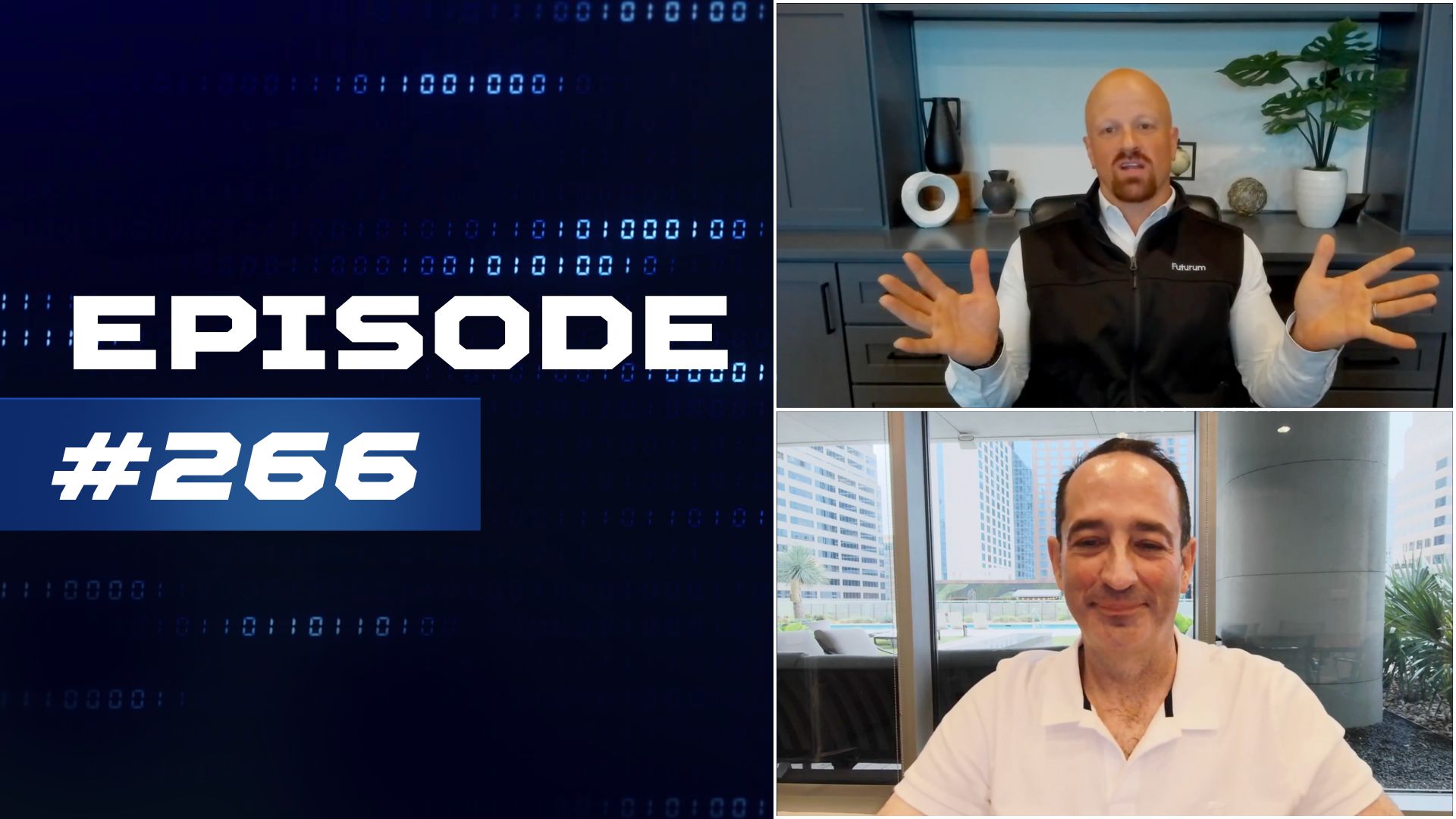
The Six Five Pod | EP 266: Tech Giants' Chess Moves - From Meta's Hiring Flex to Oracle's Cloud Surge
On episode 266 of The Six Five Pod, Patrick Moorhead and Daniel Newman dive into the latest tech news and trends. They discuss OpenAI's talent poaching by Meta, the impact of AI on job markets, and Tesla's robotaxi rollout in Austin. The hosts debate the merits of autonomous vehicles and their potential societal impact. They also analyze recent market movements, including Oracle's $30 billion cloud deal and HPE's acquisition of Juniper Networks. The episode provides insights into the evolving AI landscape, its economic implications, and the resurgence of legacy tech companies in the new era of artificial intelligence and cloud computing.
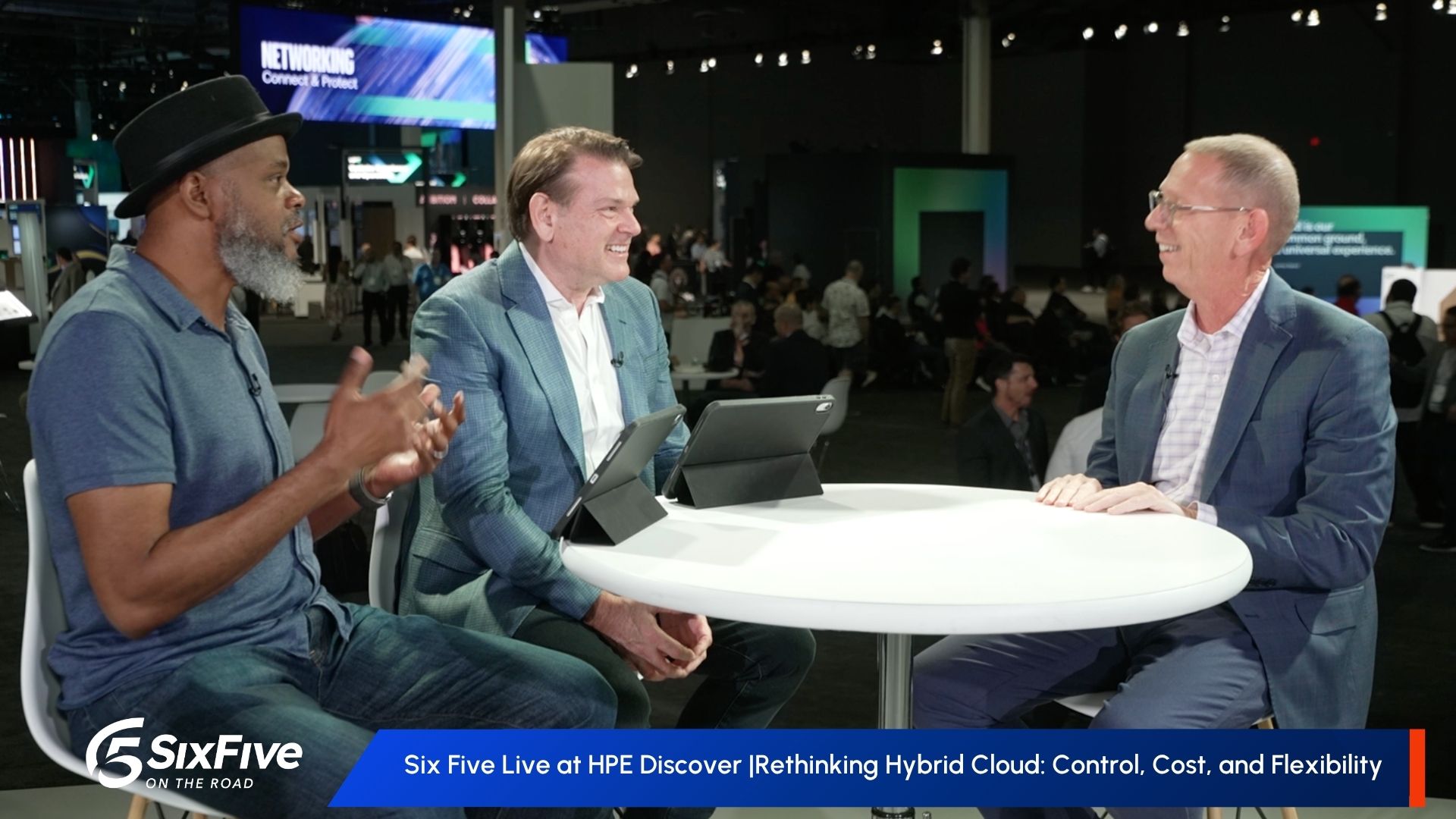
Six Five Live at HPE Discover | Rethinking Hybrid Cloud: Control, Cost, and Flexibility
David Nicholson, Keith Townsend, and Matt Kimball join the Six Five to discuss HPE's advancements in hybrid cloud at HPE Discover 2025, focusing on control, cost, and flexibility. A deep dive into how these initiatives are reshaping enterprise cloud strategies.
Other Categories
CYBERSECURITY
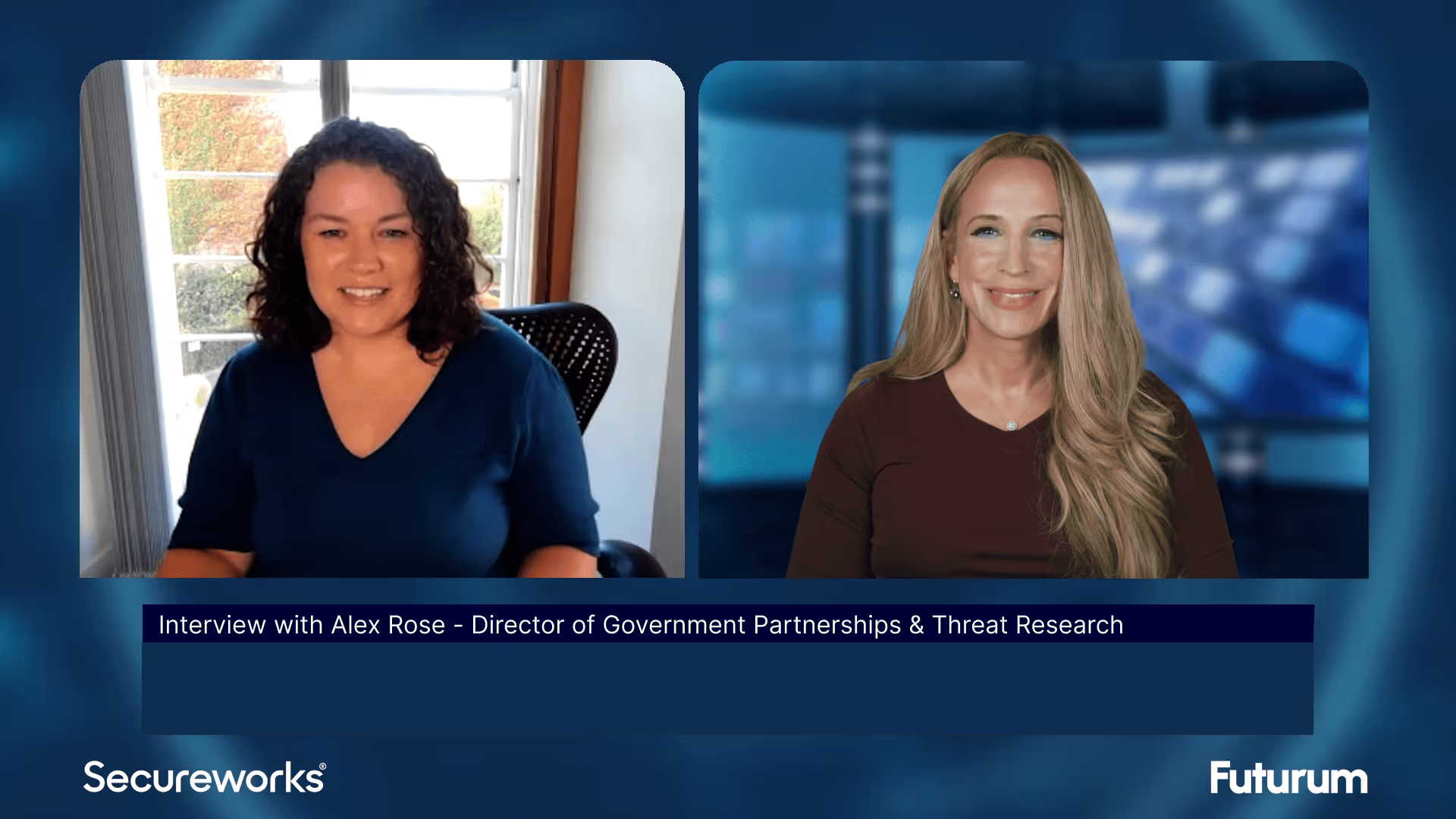
Threat Intelligence: Insights on Cybersecurity from Secureworks
Alex Rose from Secureworks joins Shira Rubinoff on the Cybersphere to share his insights on the critical role of threat intelligence in modern cybersecurity efforts, underscoring the importance of proactive, intelligence-driven defense mechanisms.
QUANTUM
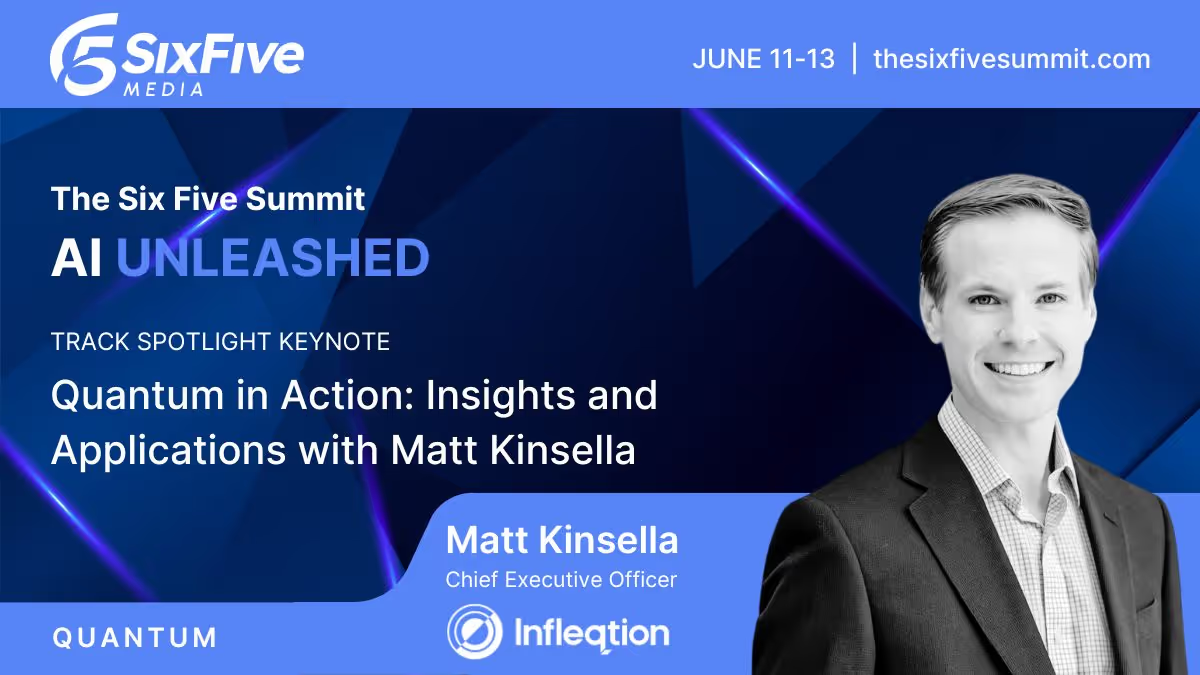
Quantum in Action: Insights and Applications with Matt Kinsella
Quantum is no longer a technology of the future; the quantum opportunity is here now. During this keynote conversation, Infleqtion CEO, Matt Kinsella will explore the latest quantum developments and how organizations can best leverage quantum to their advantage.
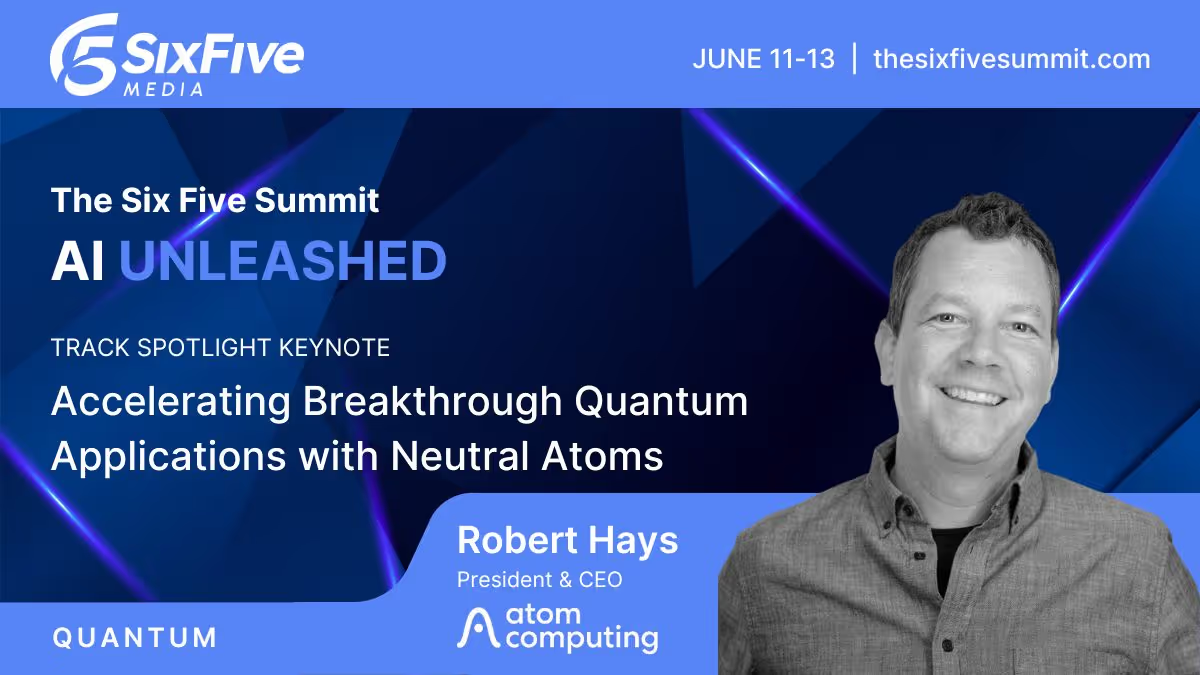
Accelerating Breakthrough Quantum Applications with Neutral Atoms
Our planet needs major breakthroughs for a more sustainable future and quantum computing promises to provide a path to new solutions in a variety of industry segments. This talk will explore what it takes for quantum computers to be able to solve these significant computational challenges, and will show that the timeline to addressing valuable applications may be sooner than previously thought.





